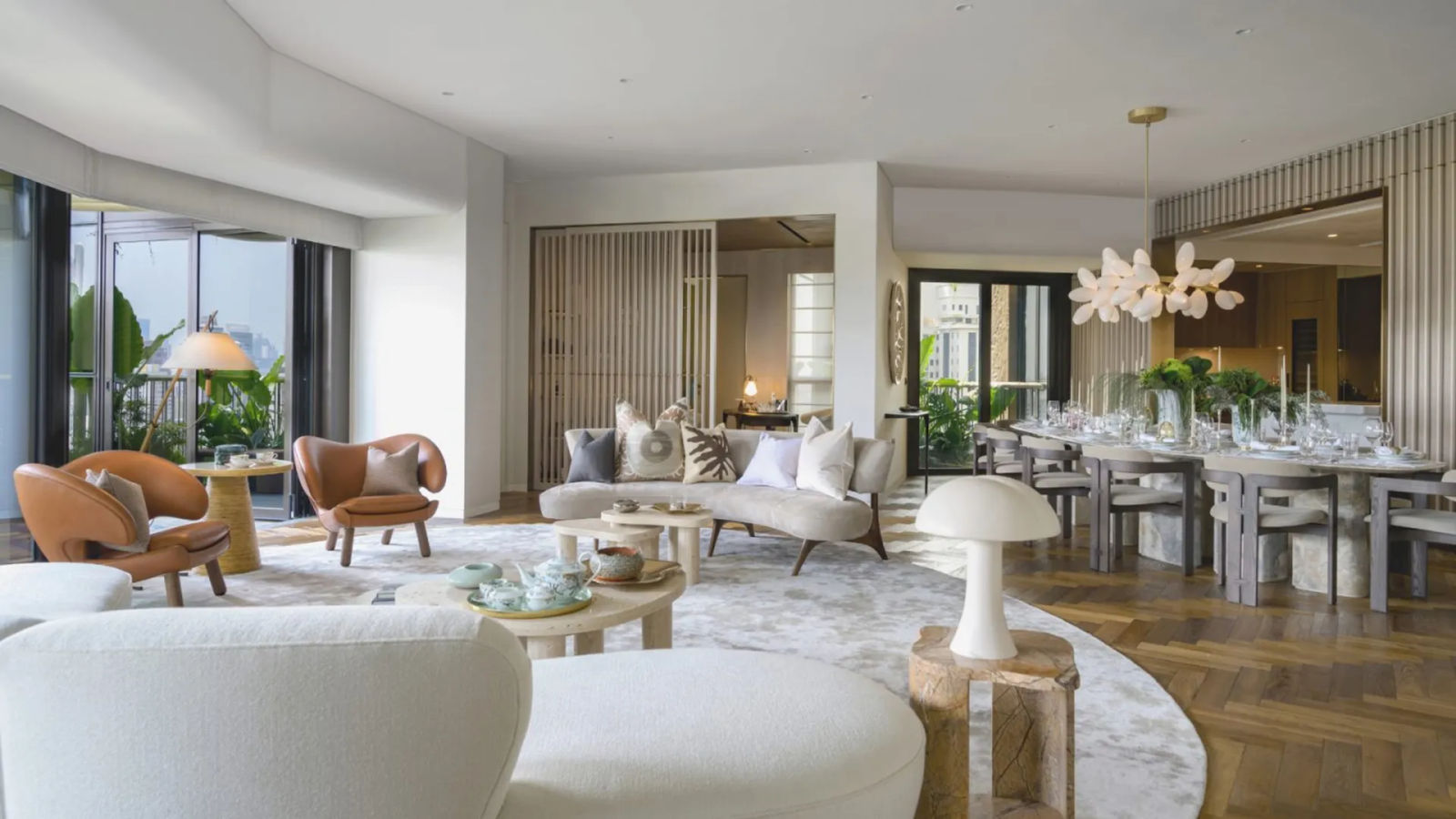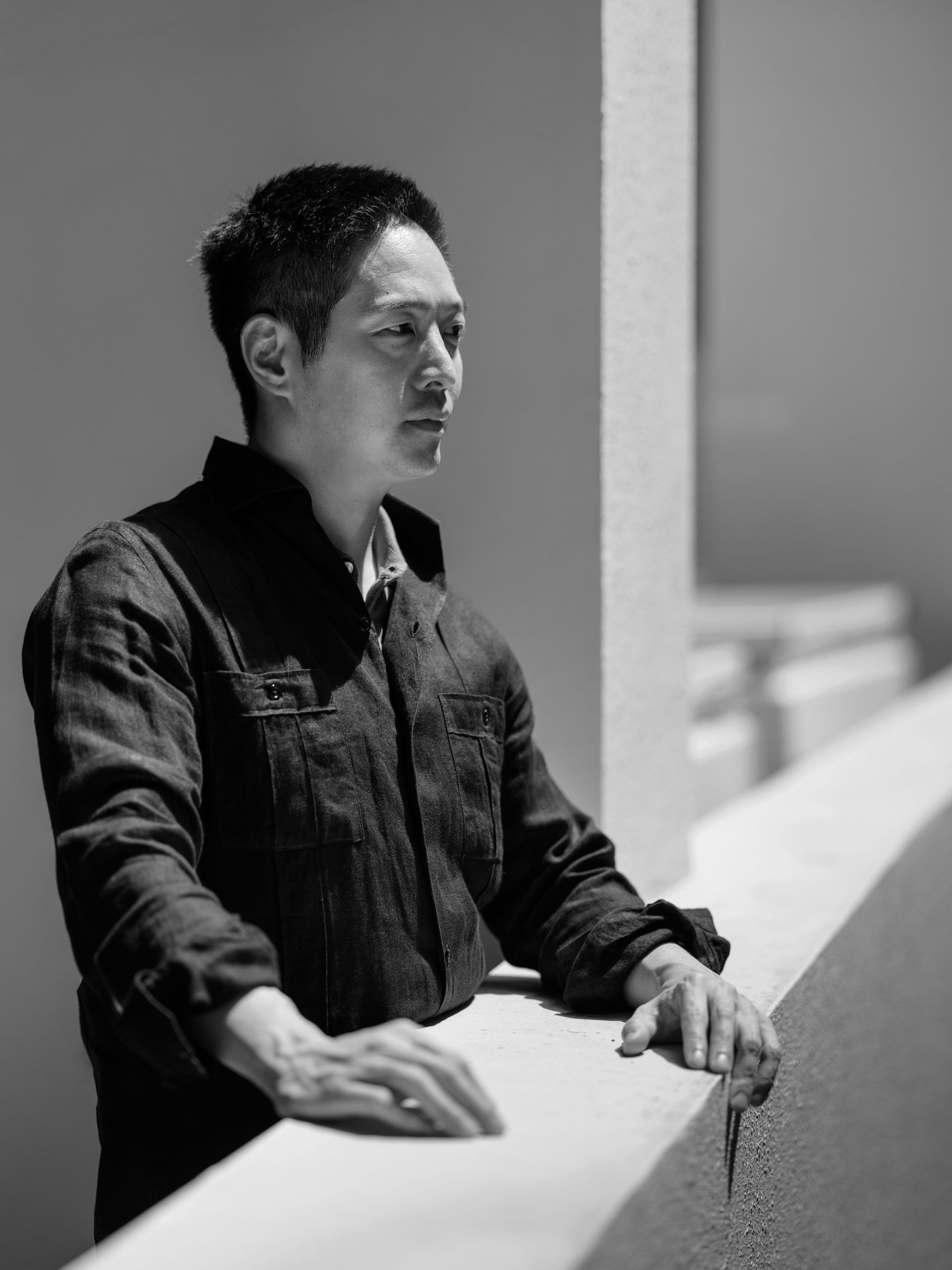Architect and curator Robert Cheng of Brewin Design Office: “It’s fundamental to my identity that our projects are built to last”


In an era of fast furnishing and mass production, architect and artisan curator Robert Cheng is making it his mission to stay considered and true to craft.
“One cannot specifically predict the ageing process, but you can certainly prepare for it.” When Robert Cheng discusses longevity and beauty, you pay attention …and not just because the baby-faced architect and design director looks a lot younger than his 47 years. Since 2012, when he set up Brewin Design Office (BDO) – following a decade at Atelier Jean Nouvel in Paris and Tsao & McKown Architects in New York – he’s earned a reputation for meticulous, meaningful luxury home design that stands up to time.

On a visit to his recently expanded office in the Henderson area, it’s easy to see why. The high-ceilinged space that resembles an art gallery is quietly welcoming, the lighting clear yet soft, the warm wood bookcases and leather chairs worn just so, like hunky fishermen sporting weather-beaten Barbour jackets.
The materials library is stacked with beautiful natural finishes that promise to never go out of style: glossy woven rattan; rough-hewn travertine; luminous marble. Even the gently perfumed terracotta hued bathroom, with its swish hand soap, is an invitation to linger.
Robert himself greets us in a classic linen shirt and jeans. The office expansion was necessary, explains the soft-spoken son of real-estate developer and Wing Tai Holdings’ deputy chairman, Edmund Cheng. BDO’s staff has doubled in its 12 years, and, while residential design remains one of Robert’s passions, larger-scale hospitality and public-space projects are flowing in.
You may already have encountered some of these: the dramatic curves of contemporary Chinese restaurant Blossom at Marina Bay Sands, for example, that remind one of standing at the base of a giant bamboo forest. Or the stately interiors of the Rotunda Research Library at the National Gallery of Singapore.

Other projects in the works include a luxury 90-key Kyoto hotel, in partnership with acclaimed Kengo Kuma Architects, and a Nanjing hospitality project involving the design of historic maisonettes from the 1800s that is being master-planned by global firm David Chipperfield & Architects.
Naturally, the shifting balance, the scale of the new projects, and the fact that many of them are overseas have meant that the fastidious founder has had to adapt some of his ways of working. “I’ve learned to design through the support of my team, touching on things enough to ensure that my vision and personal touch are reflected in every material and detail,” he says. “It’s a continuous learning process… But I make it a point to stay involved in every major design decision.”
Even so, in an era where fast, mass design is increasingly becoming a go-to for so-called ‘exclusive’ properties, the man with a self-professed obsession for materials is adamant about not crumbling to the cookie-cutter route. This is unsurprising for someone who spent his design school years hands-deep in welding steel, casting bronze and building furniture (and who even thoughtfully brewed coffee for us today) – but surely, it would be easier to compromise?

“For five years [when I was in school], my daily life revolved around understanding how and why things are made,” he says. “This profoundly shaped my perspective and approach. I am deeply interested in how something is made, and also the maker’s process – visiting studios, factories and fabricators has always been a priority during my travels.
“It’s fundamental to my identity that our projects are built to last, and this means prioritising craft and quality over speed.”
To that end, Robert is known for his skill in identifying the perfect shade of craft to bring a space to life, be it homing in on the right artisan in his global network to create a custom item, or sourcing the perfect antique online (1stDibs is a favourite site). The trick, he reveals, is to look for relationships between pieces and how they relate to the overarching concept.

In fact, so powerful is a right-fit piece that it can sometimes lead the design of the space itself, notes the savvy curator, who’s always on the hunt for new and interesting makers, picking partners based on their chemistry with the working team and their potential to collaborate. He cites the work of Italian architect Vincenzo De Cotiis, whose furniture “toes the line between furniture and sculpture”. “His work is so enigmatic that it influences me to design space to suit the feature pieces I place.”
On the importance of tailoring furnishings to a location, be it a living room or an office lobby, he says: “By focusing on bespoke details, crafted elements and materials that tell a story, we create spaces that are rich in character. This adds to the authenticity, thoughtfulness and soul that can be missing in fast design.”

Take that luxury Kyoto hotel project. Robert enlisted Russel Wong to create the photography throughout the property, and is working on a guest experience where the Singapore photographer will show travellers the city through his lens. “I have known Russel for many years; he is an artist and master of his craft,” he enthuses. “He has spent so much time in Kyoto, and probably knows it just as well as any resident.” Other artisans he’s worked with include Californian sculptor Rogan Gregory – whose organic-looking, anthropomorphic pendant lighting now illuminates a BDO residential project – and artist twins the Haas brothers. “They are so imaginative and always thinking out of the box.”
At this point, with all the current scrutiny around the topic of sustainability, it’s impossible not to ask the obvious question: how does he feel about procuring pieces from distant places versus sourcing closer to a project? Robert is unfazed. “I see sustainability in terms of durability and longevity. Looking at materials, using them in the manner for which they are meant, designing and creating pieces that are built to last… [in this way] we reduce waste and discourage the disposable culture prevalent in fast furnishings.”

It’s a stand he’s always taken with his residential work, and something he hopes to seed through BDO’s larger scale commissions as well. “What we have observed is that, to a huge extent, design often follows a formula-driven approach. Our goal is to try and break away from that. We aim to take on a select number of hotel projects only, and for those that we do, to be able to propel the brand by introducing innovative, non-formulaic design solutions.” Less haste, more originality? There’s always space in the world for that.
(All images: Brewin Design Office (BDO))
This article was first published in Prestige Singapore